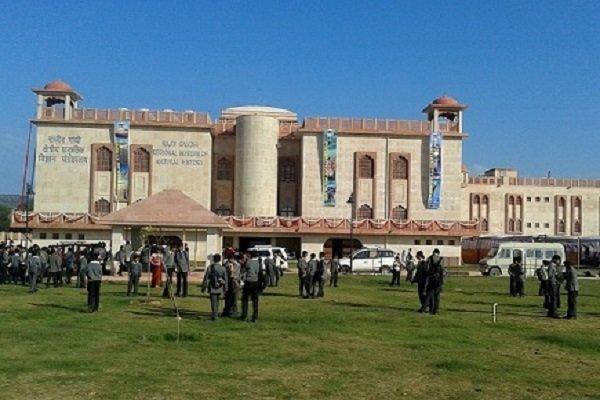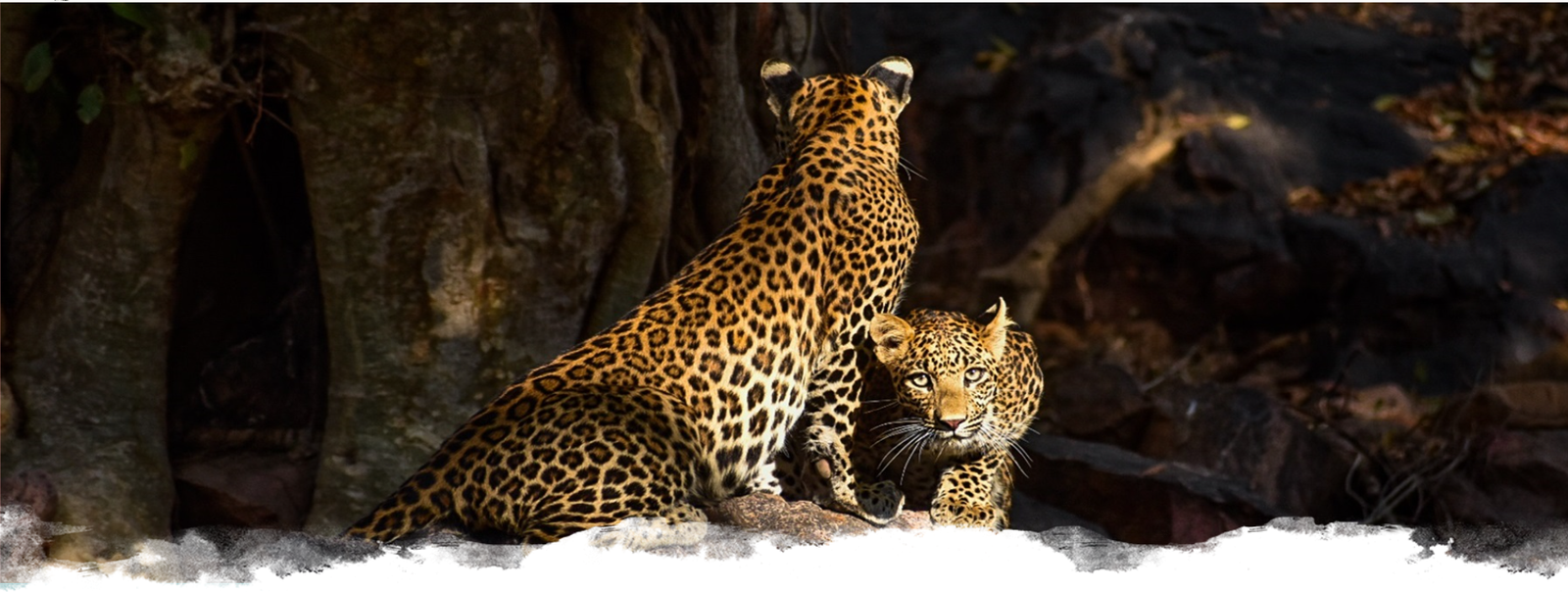Enquire Now
THINGS TO DO AT RANTHAMBORE

Ranthambore Safari

Chambal Boating

Rajiv Gandhi Museum Visit

Ranthambore Fort Tour

Sawaimadhopur City Tour
Introduction of Ranthambore
Ranthambore National Park, situated in the Sawai Madhopur district of southeastern Rajasthan, is indeed celebrated for its majestic tigers and serves as one of India's most prominent tiger reserves. Covering an area of approximately 392 square kilometers, the park is not only rich in biodiversity but also holds historical significance, being home to the imposing Ranthambore Fort, which dates back to the 10th century. The park's varied landscape, comprising dense forests, steep cliffs, rocky outcrops, and numerous water bodies like lakes and streams, provides an ideal habitat for the diverse wildlife, particularly the Bengal tigers. These majestic predators roam freely within the park, making it a prime destination for wildlife enthusiasts and photographers hoping to catch a glimpse of these magnificent creatures in their natural habitat. Apart from tigers, Ranthambore National Park boasts a plethora of other wildlife species, including leopards, sloth bears, wild boars, sambar deer, spotted deer, Indian gazelles, and a wide array of bird species, making it a haven for nature lovers.
Safari Schedule at Ranthambore
The Ranthambore Safari is scheduled in two shifts, morning and afternoon. The timings of both shifts depend on sunrise and sunset. Here are the timings of the safari for all seasons.
| Month | Morning Shift | Afternoon Shift |
|---|---|---|
| 1st October to 31 October | 6.30 A.M. to 10.00 A.M | 2.30 P.M. to 6.00 P.M |
| 1 November to 31 January | 7.00 A.M. to 10.30 A.M | 2.00 P.M. to 05.30 P.M. |
| 1st february to 31 March | 6.30 A.M. to 10.00 A.M | 2.30 P.M. to 06.00 P.M. |
| 1 Aprail to 16 May | 6.00 A.M. to 10.00 A.M | 3.00 P.M. to 06.30 P.M. |
| 17 May to 30 June | 7.00 A.M. to 10.30 A.M | 3.30 P.M. to 07.00 P.M. |
Ways to reach Ranthambore
Ranthambore is well connected to major cities of india by air, rail and road. You can easily cover the distance of ranthambore within a short time duration.
Nearest airport for ranthambore is Sanganer Airport in Jaipur, situated approximately 180 kilometers away, with a drive time of about 2 hours and 45 minutes. Jaipur is well-linked to major Indian cities like New Delhi and Mumbai, with daily flights operated by domestic airlines. The flight duration from Jaipur to Delhi is only 30 minutes, while the journey from Mumbai to Jaipur takes about 1 hour and 30 minutes.
Ranthambore can be easily accessed via the railway station in Sawai Madhopur, situated on the main railway line connecting Delhi and Mumbai. This station offers convenient connectivity with Jaipur as well. Regular super-fast trains, such as Jan Shatabdi and Rajdhani, operate between these key destinations. The journey from Sawai Madhopur to Jaipur typically takes around 2 hours and 30 minutes, while traveling to Delhi requires approximately 5 hours, and the route to Mumbai spans approximately 15 hours.
Ranthambore is accessible by road, with Sawai Madhopur approximately 2 hours and 45 minutes away from Jaipur via delhi-mumbai expressway, 4 hours and 30 minutes from Agra, and 5 hours from Delhi via delhi-mumbai expressway. These cities are well-connected by national highways, facilitating convenient road travel to this renowned wildlife destination.
Ranthambore Tiger Territory
The tiger territory within Ranthambore is characterized by a diverse range of ecosystems, including dense deciduous forests, open grasslands, rocky hills, and numerous water bodies such as lakes, ponds, and streams. This variety of habitats provides ample resources and shelter for the park's tiger population, allowing them to establish territories and thrive within the region.
| Tiger Title | Zone |
|---|---|
| Sultana-T107 And Cubs ( F), T01 ( M), Noori T105 & Cub( F) | Zone 1 |
| Noori-T105 & Cubs( F), T 60 (F), T57 ( M), T 101 (M), Arrow Head T84 (F) , T119 (F) | Zone 2 |
| Riddhi-T124 (F) , T120 ( M) & Cubs, T 41 (F) | Zone 3 |
| Riddhi-T124 (F) , T120 ( M), T19 ( F), Shakti -T111 & Cubs, T 121(M), T 41 (F) | Zone 4 |
| T102 & Cubs , T 125(F), T41( F), And T 103 ( F) | Zone 5 |
| T34, T8 And 3 Cubs, T39 Noor & Cub , T58 ( M), T127 F | Zone 6 |
| T58 ( M), T61 ( F) | Zone 7 |
| T58 ( M), T61 ( F) | Zone 8 |
| T62 (M), T99 (F). T108 (M) | Zone 9 |
| T58 ( M), T34 ( M), T114 & Cubs ( F), T 99 & Cubs ( F) | Zone 10 |





